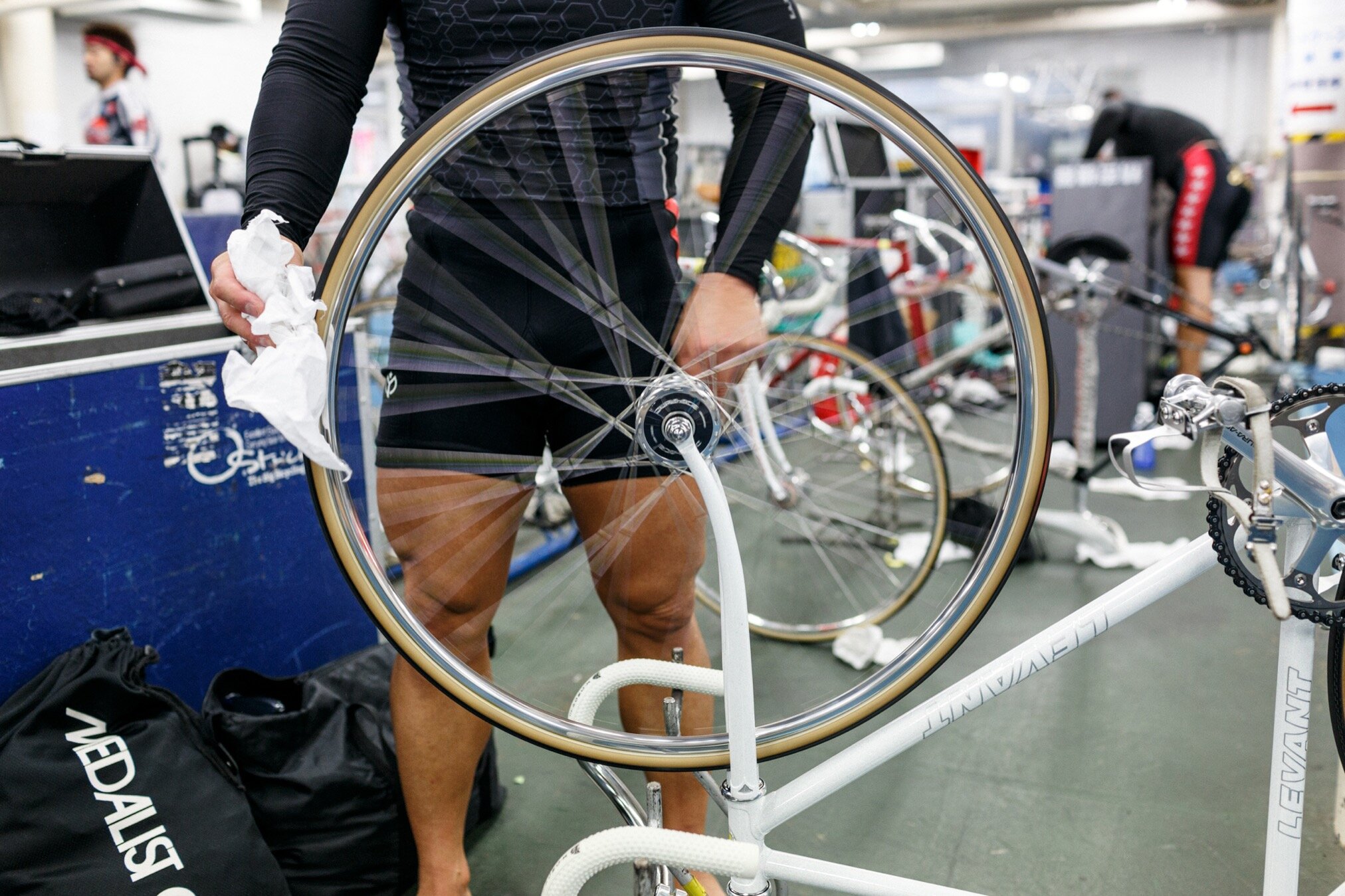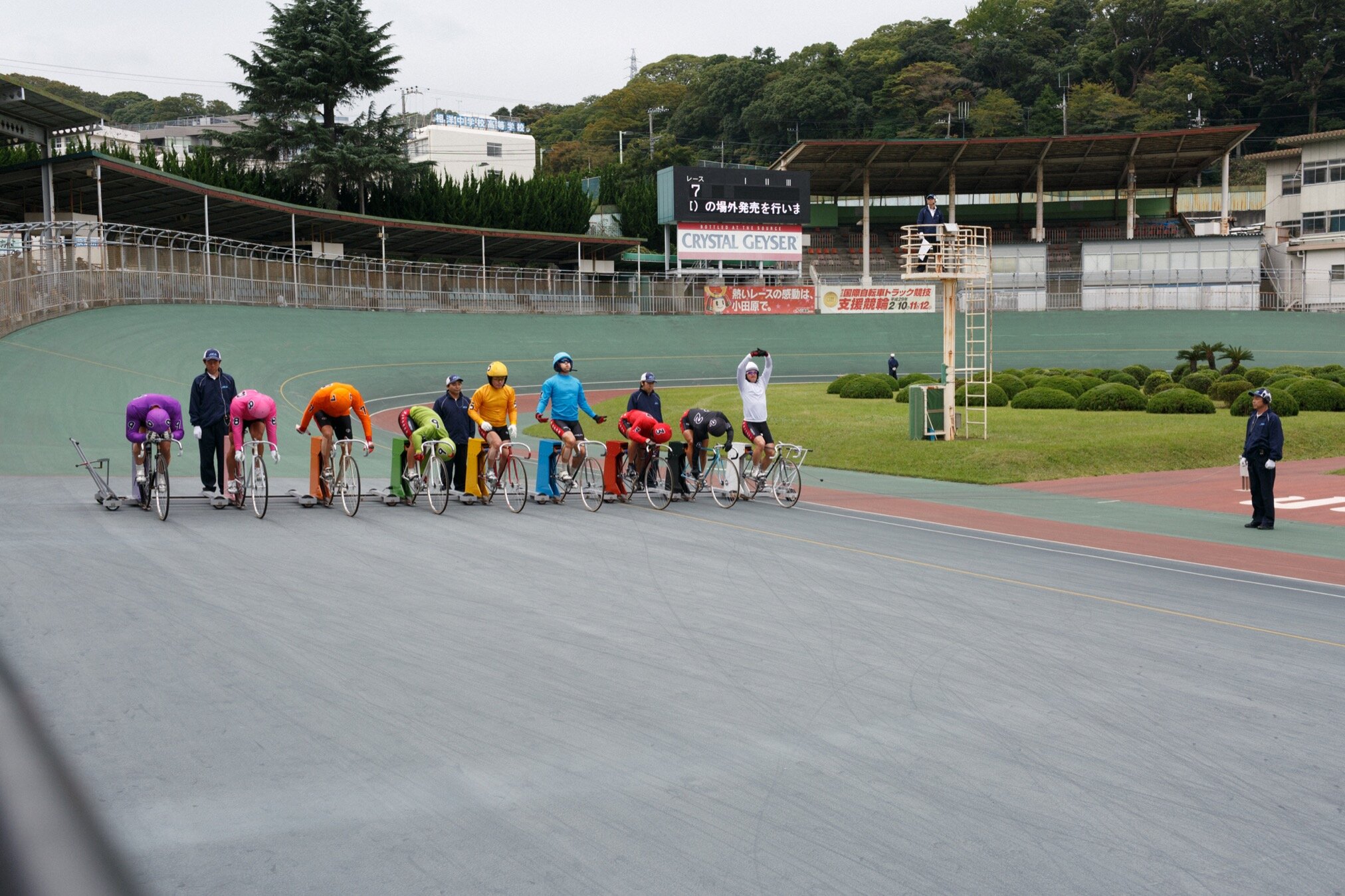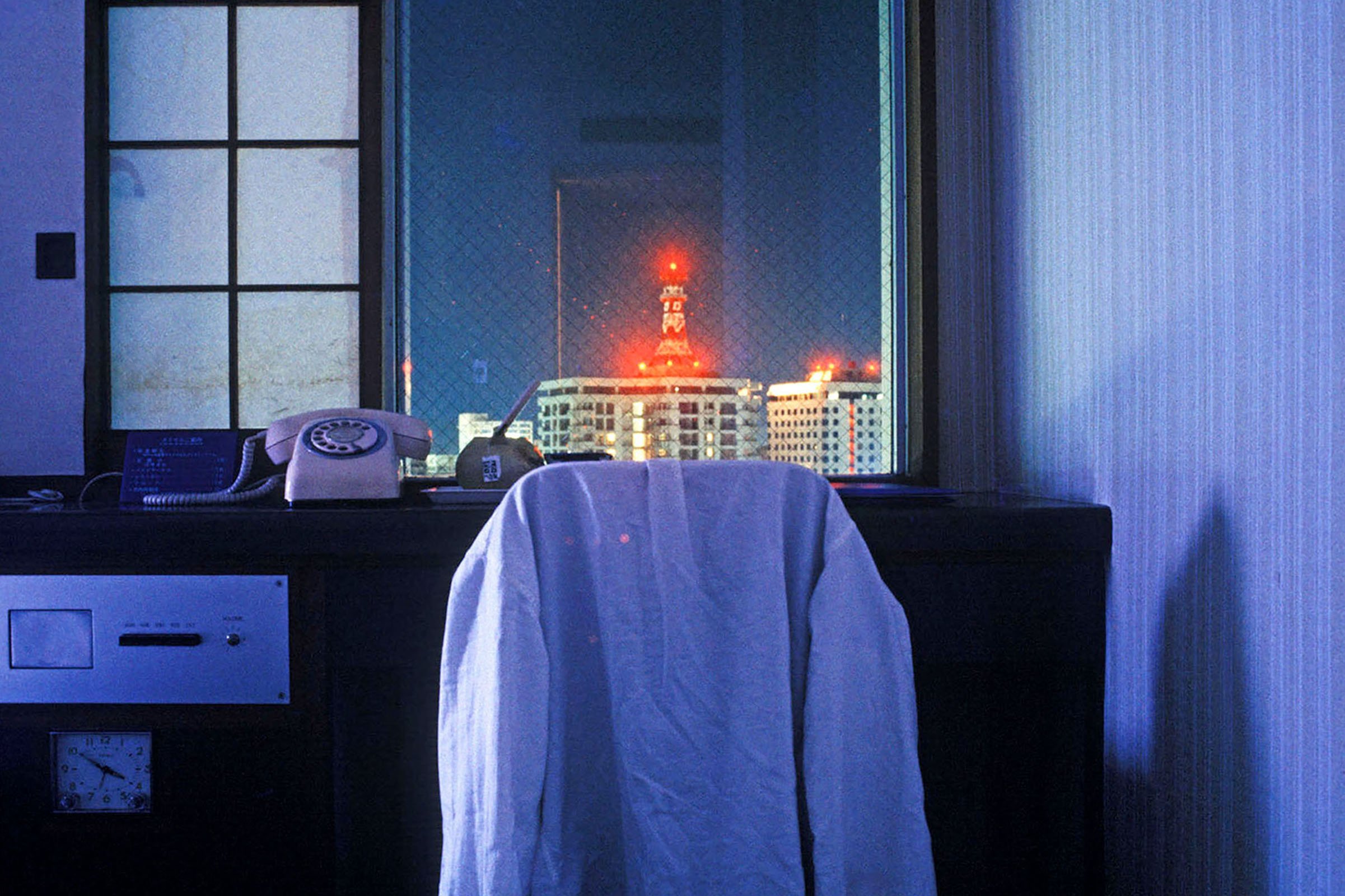KEIRIN – THE CYCLING OF THE FAST SAMURAIS

In Japan, some children do not dream of becoming famous soccer stars.
Their dream is to become Keirin riders, a discipline that is little known. Keirin is the closest thing to a horse race, even with betting included. The difference is that for Keirin no horses can be seen on the track but people mounted on their bicycles. Perhaps it would be more accurate to say ‘arrows’.
Almost 3,000 riders are registered in Japan. Their salaries are not negligible: with an average of 100,000 dollars a year, some of them can even reach the dizzying figure of 2 million dollars per year. But what is Keirin and how is it different from track cycling?
Essentially, it differs itself from track cycling with its exclusive and reserved quality. It is not easy to find athletes as elegant as the cyclists of Keirin who enter and leave the velodromes, impeccable, in their tight suits. Keirin riders train in a strict way: fifteen hours, six days a week. The trainings are strict and to get the professional license it can take up to one year.
We visited the Keirin National School founded in 1950, located in Izu, 170 kilometers from Tokyo. Their managers are quite reserved and barely speak English.
A Japanese friend translates and facilitates access to this temple of speed. Just three hours by car from Tokyo separate us from Izu, a sunken place between Mount Fuji and the Pacific Ocean. Izu, which means ‘place of thermal waters’, is essentially known for all kinds of water sports. However, the most revered sport in this place takes place on the mainland.
Keirin was born in Tokyo in 1948, after the Second World War. In some way, it was intended to favor the reconstruction of Japan thanks to the large amount of money that contributed to the country’s domestic product. It took, however, 52 years for it to become an Olympic event.
First seen in the Olympics ‘00 in Sydney, the dynamic of the discipline is simple: 6 to 9 runners compete at the same time on a track. At the beginning they are lead by a motorcycle adapted to 25 km / hour that slows down the cyclists that are lined up one by one behind it. When they reach 40 km / h and three laps are left until the end, the motorcycle leaves the track and the final sprint begins.
To enter this kind of racetrack we had to fill out several documents. At all times we are accompanied by two responsible members of the school. We feel that they scrutinized us millimeter-wise, that every gesture or word, every shot of the camera, is scrutinized with rigor.
The traditional Keirin of Izu has something of a military school and of remote craftsmanship: the aesthetics of the uniforms, the helmets, the colors of the corridors, the seriousness in the riders faces while they face that track in which the speed becomes in a moral excuse. All these attributes make them a sort of dizzying samurai.
There are many riders, from 19 to 49 years old, who each year try to enter this prestigious school. Currently, five Japanese riders and five international riders are invited to train. We know some of those Olympic riders. Sarah Lee, 29 years old of the Hong Kong national team; Monique Sullivan, 27, of Calgary.
We are able to speak with Monique who just finished training. She tells us that the woman program is only available since 2012. There are certain differences in the competitions because the female Keirin have some rules other than male: “We use carbon bikes that are much lighter than steel, which is what’s used by men,“says Sullivan.
Despite their late incorporation to the National School of Keirin of Izu, the runners enjoy certain privileges: “Women do not have to pay anything, men cover everything”. However, it is the male cyclists who earn the most money that is put on them for gambling issues, so they can cover expenses easily. There is one crucial point that makes staying in Izu a Do-or-Die-situation: “If you have an accident during your stay, you have to go home and you lose everything.”
Sullivan is fascinated by this atmosphere of prestige and silence. All the details we see give the feeling that the school is the closest thing to a secret organization, whose members are loyal devotees of a recondite sport: “It’s a kind of secret club because very few people can come and you always hear stories”, says the Australian runner who feels “a great honour for having been invited.”
So, in the same way that passwords are needed to enter certain intimate circles, you can only enter if the National School of Keirin of Izu if you are chosen to be invited.
Once you enter this almost legendary territory, the discipline is strict and the rules are irrefutable: the official body (NJS) certifies the pieces that can be run so that there are no advantages due to technological differences in each bicycle. Unlike the Olympic Keirin, here the rules allow the runners and their machines to be hit, so that the participants must wear protections similar to those of rugby.
In addition to tradition, Izu plays a very important role - bets, that is, money. Monique confirms this to us: “At school you study the rules. As there are bets in the races, you have to be very careful. There is a lot of effort to avoid problems in the race. They repeat the rules many times to make sure you understand; because if you break a rule by mistake, this affects bets.“ Monique lets us know that the classes are in Japanese with an interpreter in English.
Among some of the specificities of the bets, one stands out for its transparency: the day before each competition, the runner must inform the media of the strategy he will use, in what position he will start, when the sprint will start, what gear will use, etc. So that those who bet have all the information. Finally, if it rains, not only does the race happen here anyways but it also charges more. We remember at that time one of the few cinematographic scenes in which the Keirin is portrayed. “After the Storm”, the movie that the prestigious filmmaker Hirokazu Koreeda directed last year; a family drama that features a failed writer, Ryota, who bets all the money he earns as a private detective in Keirin’s careers. In velodromes very similar to those we now observe, one of the best and most beautiful scenes of the film is shot.
Our visit coincides with the explanation of the final exam that these runners must overcome. The proof resembles, in a way, the one that the soldiers perform in the army with some weapons. Here it is about dismantling and fully assembling the bicycle in a very specific order and at a specific time. Meanwhile, a judge stares at the student, takes notes and decides his or her future. Only the judge will say if the ritual performed will give him the undoubted honor of being part of that select, secret, almost mystical club. An honor that will only be shared with other chosen ones in the most remote mountains of Japan.
Two days later we visited the Odawara velodrome where calm and good humor reign. Here we meet the Australian Shane Perkins, one of the best-known non-Japanese riders of all time. Odawara looks like a sanctuary inhabited by swift samurai, a home full of tranquility where women serve tea and some runners wear the traditional shoes, Geta, which serve to soften the muscles between race and race.
There is also a television channel that only offers Keirin races. We left Odawara with one last image we recorded on our retina. An old man sprinkles salt before the race to purify the environment. Only then, with salt, a symbol of good fortune, is it possible to breathe this unique atmosphere - almost ecstatic - that reigns in this sports venue.
Credits:
Photography: Enrique Escandell
Production: Rocío Mateo-Sagasta
Translation: Kenji Naruse
Text: María Jesús Espinosa de los Monteros
Organization: Q17 Studios



























